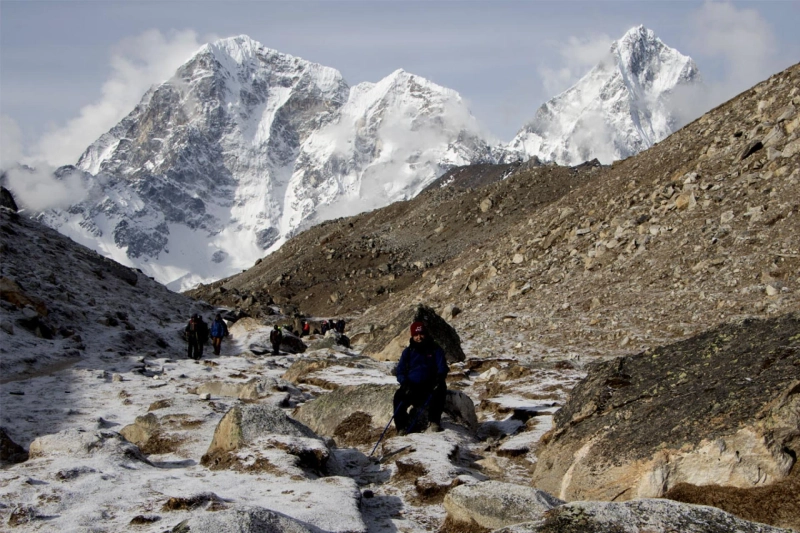Some like to travel in the high season, and some choose to travel during the off-season. No matter which type of travel you prefer, it's worth knowing when it is the best time for trekking in Nepal.
Nepal's trekking season is customary to start in mid-February and last until mid-May, then from mid-September to mid-December. The months most popular mountain hiking in the Nepal Himalayas are March and April, October and November, when the weather is usually the sunniest. Air transparency is the highest, which increases the chance of beautiful views. Of course, no one can guarantee this will be the case, but the chances of such weather are the greatest.
Some travelers choose to trek in the off-season. This solution makes sense not only because of the much lower traffic in the mountains but also has great value if we want to reduce the cost of our travel. The prices of hotels and guesthouses in the low season are usually lower, and their availability is also higher.
Outside mountain resorts, e.g., in the nearby Nagarkot resort, accommodation in a good-class hotel can be 50% lower than in the high season. Suppose you decide to travel in the off-season. In that case, you have to consider the greater risk of rainfall, or more snow and cold, significantly above 3000 m above sea level (in the second half of December, January, and February). When traveling in these months, remember about extra warm clothing and a sleeping bag that provides comfort in freezing temperatures. You should have a good camera and video software like Movavi Video Editor Full Version, if you are planning to create vlogs here.
It is also worth knowing that the monsoon begins around Nepal in June. And it Lasts at least a full three months and usually disappears at the beginning / mid-September. The amount of rainfall in these months increases significantly. It rains almost every day, sometimes very torrential, which causes communication difficulties in many areas. This is especially true in places where road infrastructure is not developed, as in the area of Kathmandu.
Although this is not the rule, flooding and landslides occur during this period. For safety reasons, it is therefore not recommended to travel to mountainous regions during monsoon i.e., in July and August. During this time, however, you can easily visit the lowland, also very interesting areas of the country and the wonderful multicultural capital, Kathmandu and the birthplace of the Buddha - Lumbini. In January and February, we also recommend visiting Chitwan National Park, where it is hot during this period, but nice enough to experience the pleasant exotic tropics.
Images Source: Third Rock Adventures


